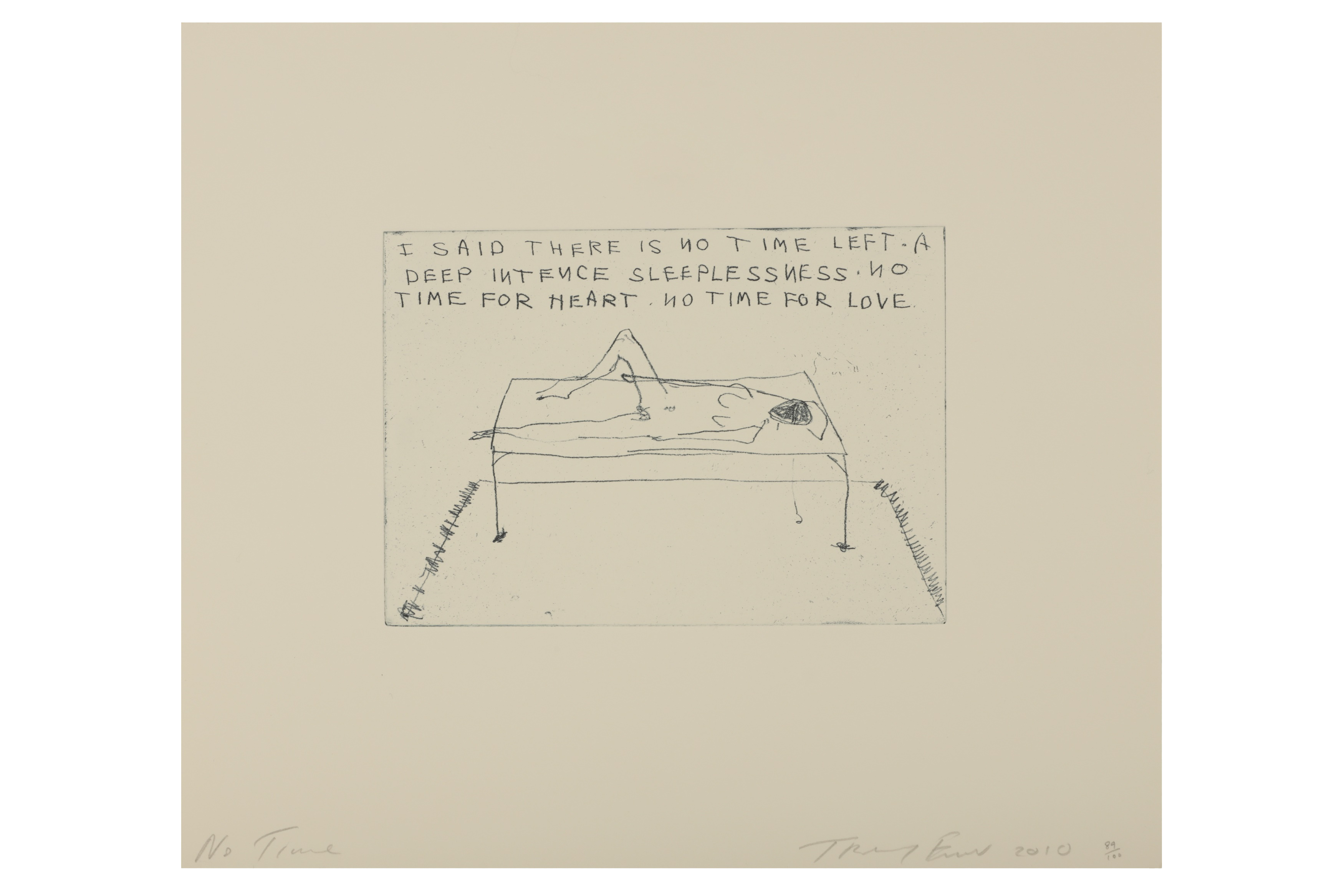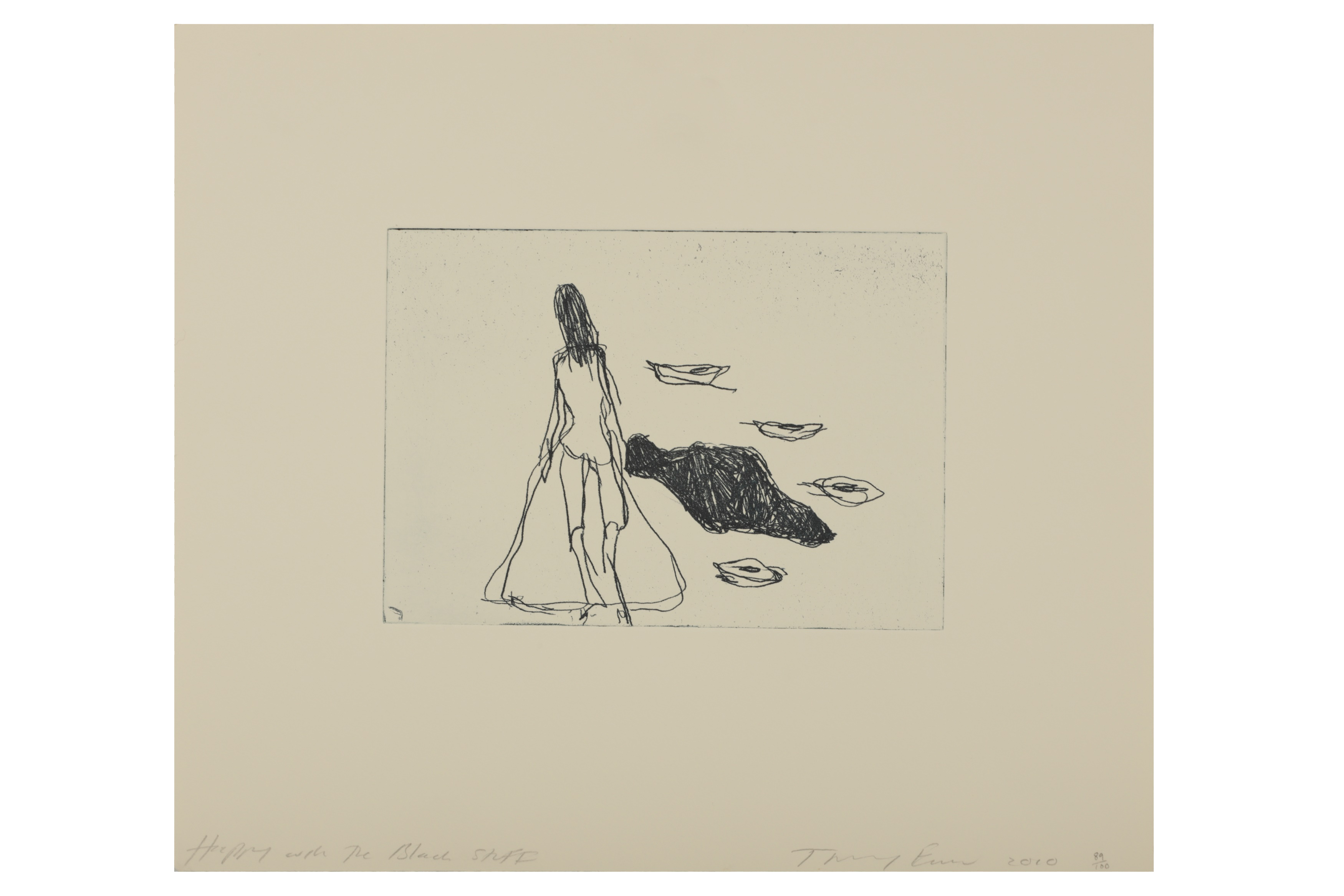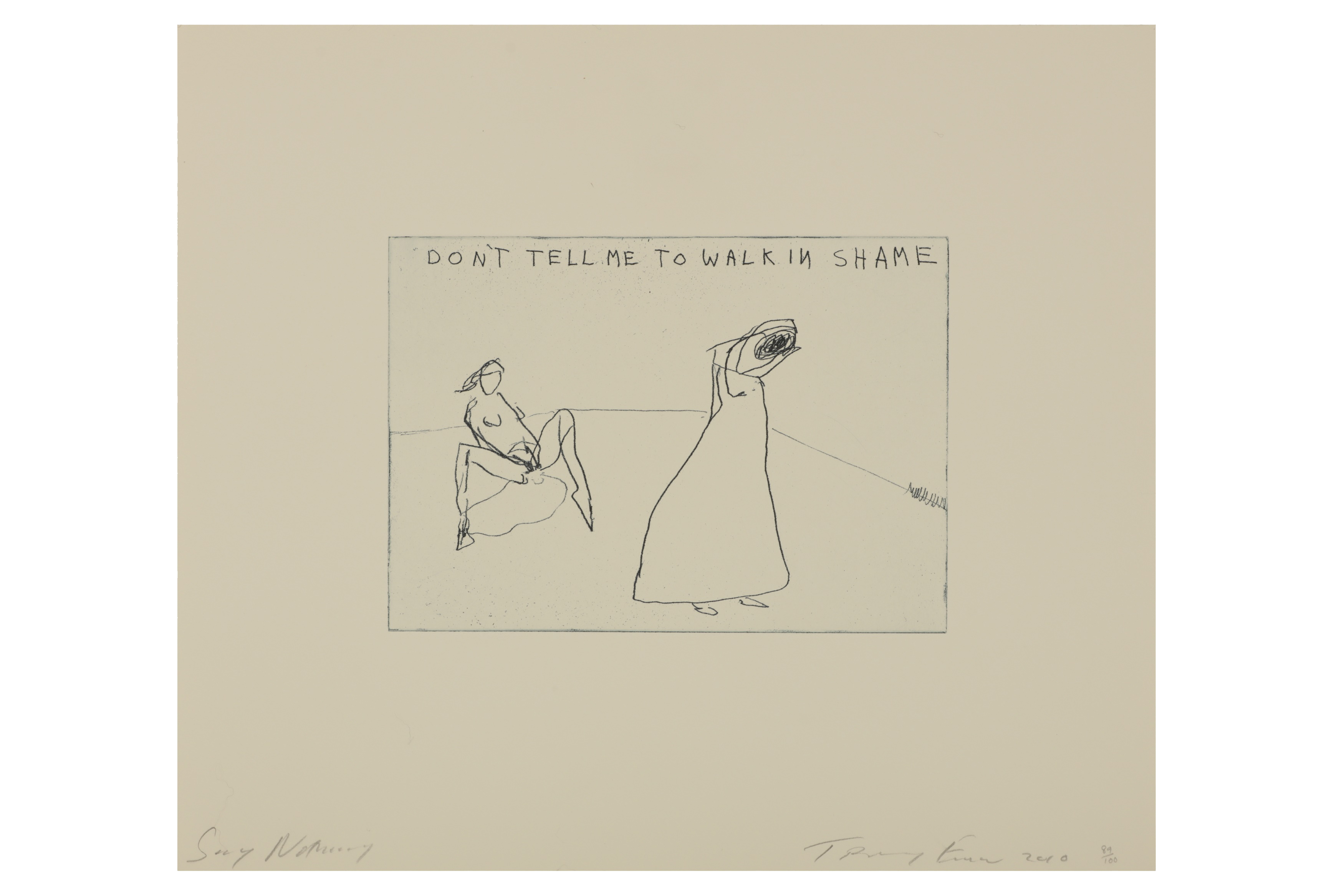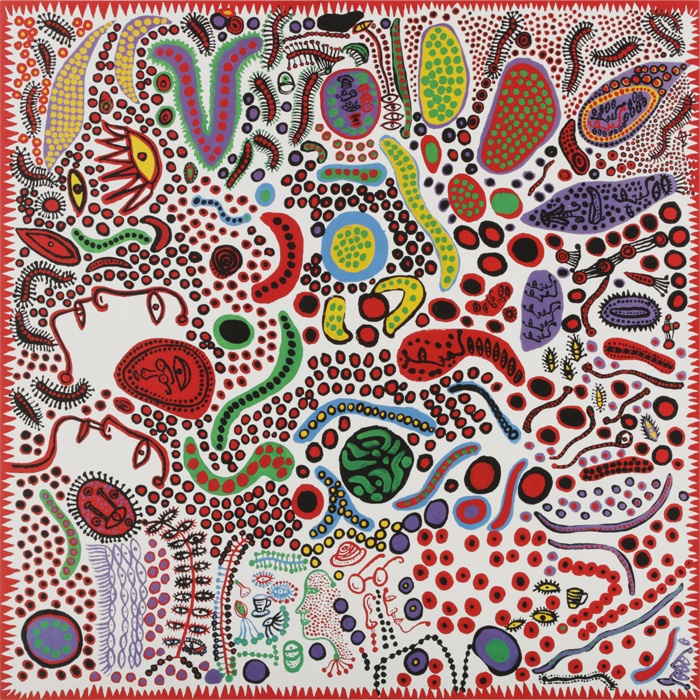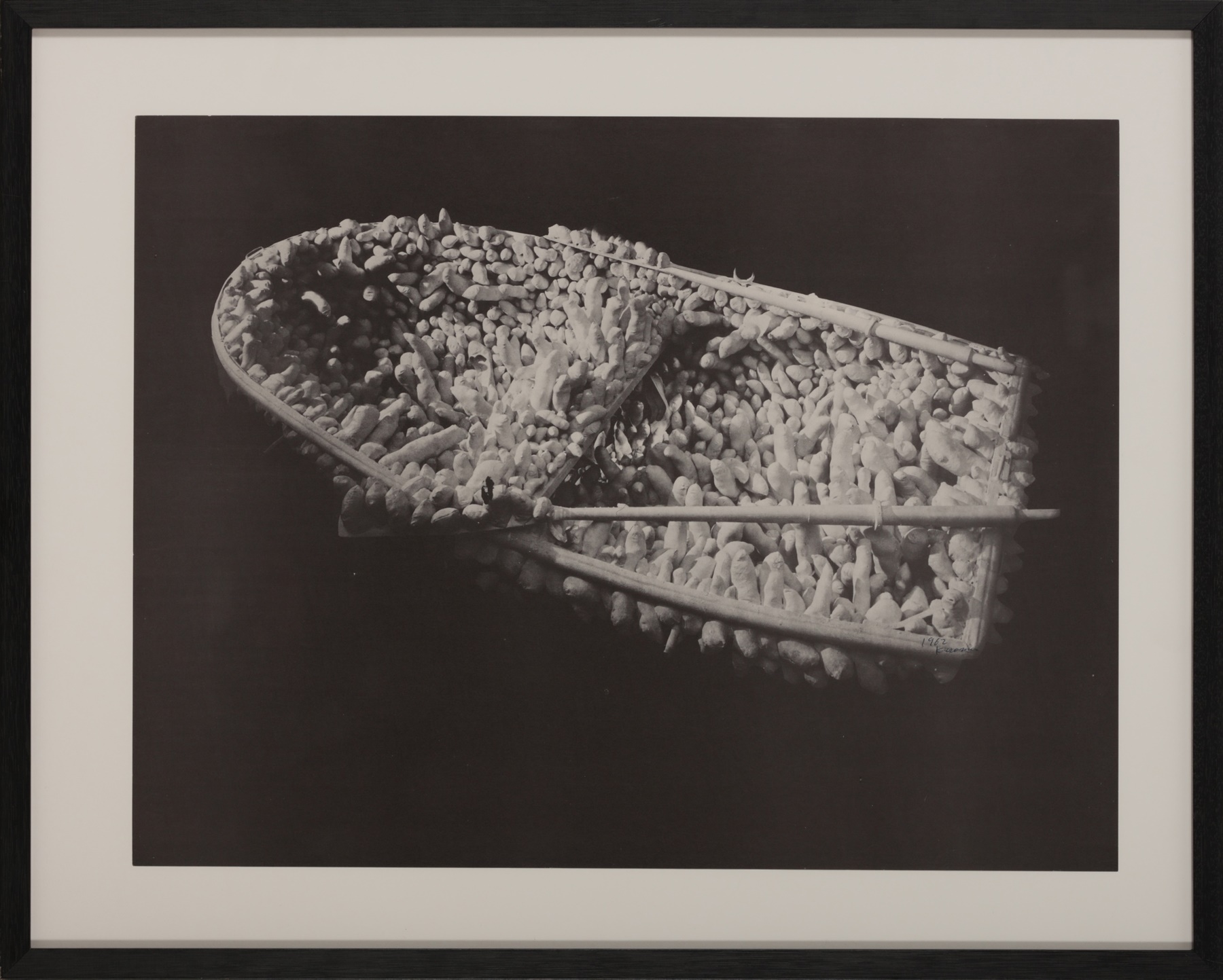TRACEY EMIN
Chiswick Auctions is offering thirteen works by Emin. Highly acclaimed British artist Tracey Emin came to prominence as one of the YBAs (Young British Artists) and has certainly set a precedent for women artists through the success of her fearless and unapologetic approach to creating art. The variety of media with which she works - painting, drawing, film, photography, sewn appliqué, sculpture, neon - provide highly personalised vessels for her singular voice. The genres of self-portraiture and the nude run throughout her oeuvre, referencing her family, childhood, relationships, pregnancies and abortions, in a manner that is neither tragic nor sentimental and which resonate deeply with the audience.
Tracey Emin published her first lithograph in 1986. Since then, printmaking has been a key medium and a consistent presence in her work. The intimacy and immediacy of working on paper allows Emin to express her innermost thoughts, fantasies and memories. These vulnerable works frequently depict nudes, often herself. Similar to a visual stream of consciousness, her prints give direct insight into her emotional world, provide an unequivocal rawness and often include snippets of profound text. Additionally, the titles of her prints reveal and give something away of the figure’s turmoil.
